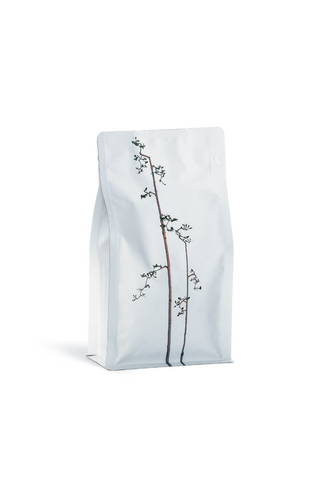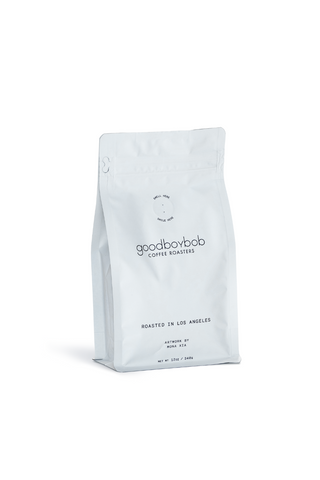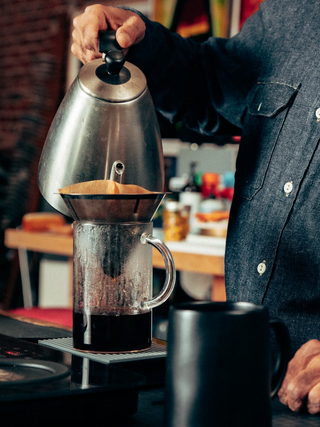
Coffee Tasting 101
What goes into tasting coffee? Is there a proper way to taste coffee? How do I describe the flavors hitting my taste buds? Coffee has a body? What does that even mean?
Goodboybob’s No-Nonsense Guide on how to taste coffee is here to demystify the simple, yet complex practice of tasting coffee.
Table of Contents

Get into the right mindset
Slow down and pay attention to what’s in front of you. Not your phone, not your boo. This is about you and how you feel about coffee. Just as a perfectly grilled Wagyu dry-aged, bone-in ribeye is meant to be savored, so is this experience. Cherish each sip, as each one can open you up to new sensations. Maybe even write down the flavors you’re noticing.
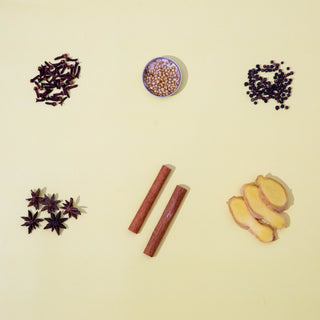
Taste other things
The ability to describe the many flavors of coffee requires a certain level of thoughtfulness. If you aren’t used to flexing this muscle, it’s going to take a little bit of time to develop, and that’s okay.
A good way to develop this skill?
Taste other foods.
Taste other drinks.
Take note of what you taste, and start making associations.
Where is the passion fruit hitting your palate, and what does it remind you of?
Is the smell of pecan transporting you to that Halloween night in 2018?
The more you taste things, coffee and or not, the more you’ll be able to pick up on what your palate is noticing and how to describe it. Be patient with yourself. It’ll click.
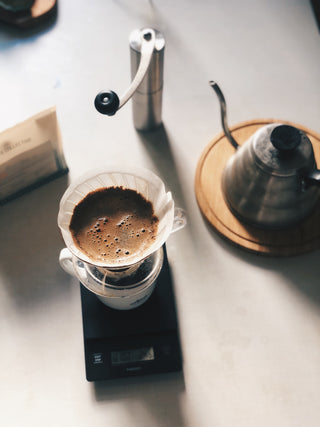
Forget about what the pros do
Unless you're planning a career as a coffee grader or roaster, skip the hassle of a cupping ceremony. They’re expensive and time-consuming.
Stick to your favorite brew method, quality ingredients, and a consistent grind.
What do we prefer? Pour over. This brew method offers you full control over the brewing process, from water temperature to brewing time. Pour overs also promote even extraction of flavors with its slow and steady pour, resulting in a clean, balanced, and nuanced cup of coffee.
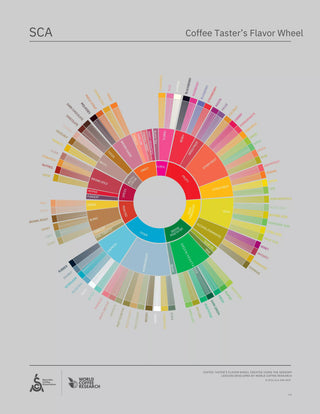
Categorize
There are many ways to break down the tasting experience. We recommend starting with sweetness, acidity, body, and cleanliness.
Take a little sip of your coffee. Follow it up with a juicy slurp, allowing the coffee to bathe the surface of your tongue. With your focus still on your tongue, continue to take little sips as needed. Focus on one of your categories, then ask yourself some of the following questions:
Sweetness: Are you tasting honey, maple, brown sugar? Picking up on caramel? If you have anything sugary at home, go ahead and give them a taste. What makes them different?
Acidity: In this case, acidity refers to brightness, not a measure of pH. Picking up on some grapefruit? Lemon? Maybe even strawberry or yogurt? Pay attention to tangy or citrus sensations hitting your tongue.
Body: This the mouthfeel or how heavy versus how light coffee feels on your tongue. Heavy cream and skim milk, for example, won’t hit your palate the same way. Notice if your coffee feels smooth, weighted, airy.
Cleanliness: What lingers after you’ve swallowed? Something smooth or neutral? Chocolatey? Great. Something harsh and bitter? Probably not the best coffee.
If you’re having little trouble describing the flavors of your experience, check out the Specialty Coffee Association’s Flavor Wheel. The visual guide can help you decide which notes you’re sensing.

Use your nose
Most taste comes from the nose, so don’t forget to use it! Smell the whole beans, smell after the grind. Smell after the bloom and before the first sip, as your coffee is usually too hot to drink immediately after it's brewed.

Know what to look for
Great coffees are complex, evolving as they cool. Try tasting it at every stage. Ask yourself what qualities your taste buds are observing, and whether they are negative or positive. Sometimes bitterness is pleasant, like in a dark chocolate. Sometimes sweetness is off-putting, like in a cheap pound cake. The ability to describe what you don’t like in coffee is just as important as what you do.
In conclusion
We hope this No-Nonsense Guide helps you explore coffee and its many flavors. Remember to take it one sip at a time, cut yourself some slack for not knowing everything everywhere all at once, and enjoy the process.
We believe in you.





